How APIs are Driving the New Digital Economy
The API Economy : Is Your Business Ready to Thrive in the Connected World?
Imagine a world where every software application seamlessly talks to another, sharing data and functionality effortlessly. This isn’t a futuristic fantasy – it’s the reality being built by the rapidly expanding API Economy. But are businesses truly grasping its potential, or are they stumbling over integration challenges? The shift towards interconnected systems powered by Application Programming Interfaces (APIs) is reshaping industries, and understanding this evolution is no longer optional – it’s crucial for survival and growth. This comprehensive guide dives deep into the API Economy, exploring its key trends, market dynamics, practical applications, and essential considerations for success.
Key Concepts & Trends
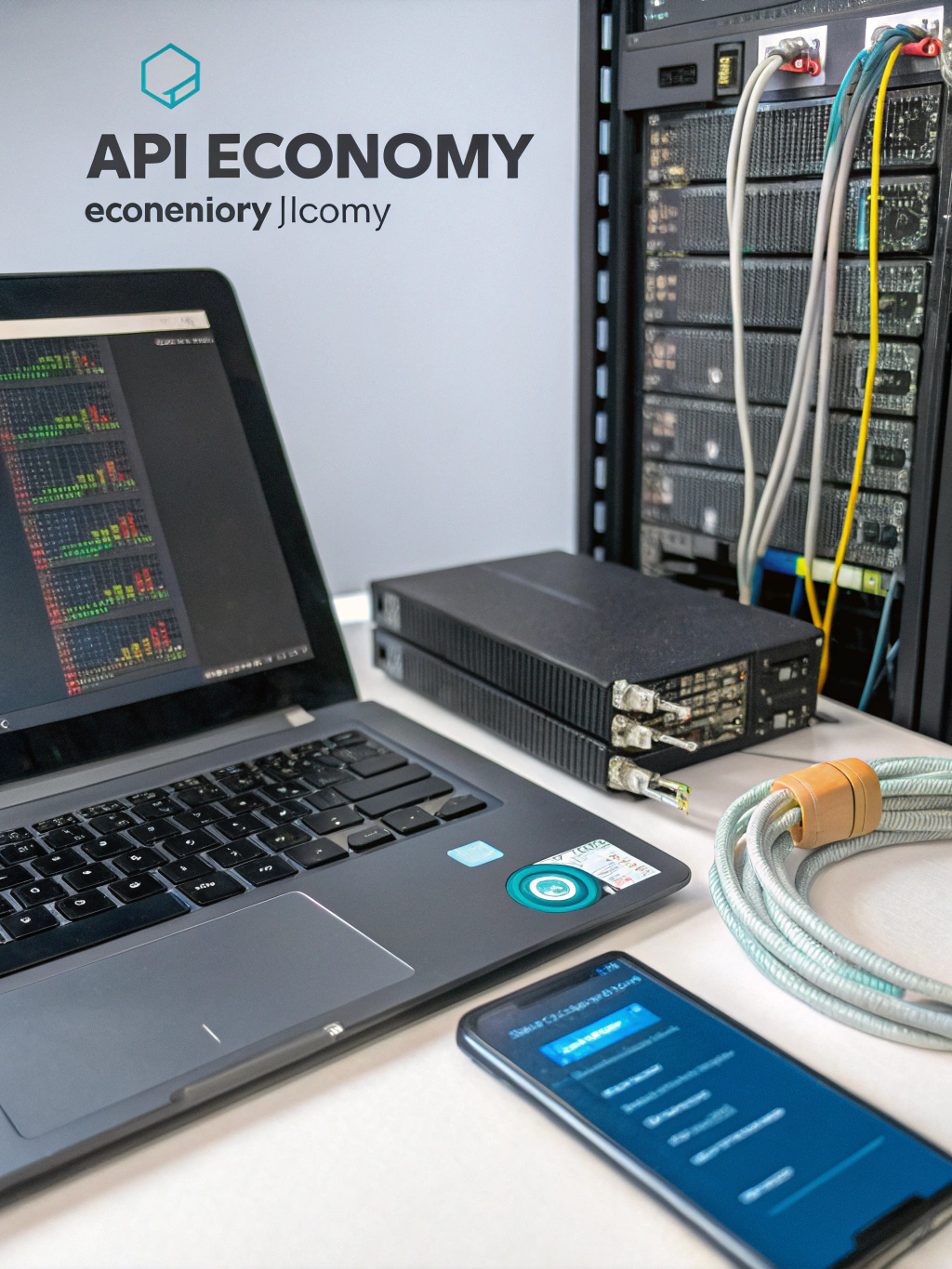
The API Economy isn’t a new concept, but its impact is accelerating. At its core, an API allows different software systems to communicate with each other. Think of it as a digital waiter in a restaurant – you (the application) place an order (a request), and the waiter (the API) delivers your food (the data or functionality) from the kitchen (another application).
Several key trends are fueling this growth:
- Microservices Architecture: Modern software is increasingly built as a collection of small, independent services, each exposed through APIs. This allows for greater agility, scalability, and easier maintenance.
- Low-Code/No-Code Platforms: These platforms are democratizing API Integration, making it easier for businesses without extensive coding expertise to leverage the power of APIs. This trend is accelerating digital transformation across various sectors.
- Open Banking APIs: These APIs are revolutionizing the financial industry, enabling third-party developers to access banking data (with user consent) to create innovative financial products and services.
- The Rise of APIs in IoT: The Internet of Things (IoT) generates massive amounts of data. APIs are essential for collecting, processing, and utilizing this data for various applications, from smart homes to industrial automation.
- API Marketplaces: Platforms like RapidAPI and Apilayer are emerging as central hubs where developers can discover, test, and pay for APIs, fostering innovation and reducing development time.
Data & Market Insights
The API Economy is experiencing explosive growth. According to a recent report by MarketsandMarkets, the global API Market size was valued at USD 67.8 billion in 2022 and is projected to reach USD 351.8 billion by 2029, growing at a CAGR of 26.9% from 2023 to 2029. This rapid expansion is driven by the increasing demand for digital connectivity and the desire for businesses to create seamless customer experiences.
Case Study: Netflix’s API Strategy: Netflix heavily relies on APIs to power its diverse functionalities, from content delivery to personalized recommendations. By exposing APIs, they’ve enabled partnerships with various platforms and devices, solidifying their global reach and enhancing user experience.
Infographic: (Insert an infographic here showcasing the projected growth of the API Market and its impact across different industries – e.g., finance, healthcare, retail).
These statistics highlight that the API Economy is not a fleeting trend but a fundamental shift in how businesses operate and innovate. For investors, this presents significant opportunities in API-first companies and the platforms that facilitate API Integration.
Smarter Strategies & Alternatives
To truly capitalize on the API Economy, businesses need a strategic approach:
- API-First Mindset: Design new applications and services with APIs as a core component from the outset.
- API Security: Implement robust security measures to protect sensitive data exchanged through APIs.
- API Management: Utilize API management platforms to monitor, control, and analyze API traffic.
- Leverage Open APIs: Explore publicly available APIs to augment existing functionalities and reduce development costs.
- Consider Serverless Architectures: Serverless computing can simplify API deployment and scaling.
Alternative Platforms/Tools: Beyond traditional API management platforms, tools like Postman, Insomnia, and Swagger can aid in API development and testing. For businesses seeking more specialized solutions, platforms focused on specific industries (e.g., fintech APIs) offer tailored functionalities.
Use Cases & Applications
The versatility of APIs is evident in their wide-ranging applications:
- E-commerce: APIs enable seamless integration with payment gateways, shipping providers, and inventory management systems, creating a smooth online shopping experience.
- Fintech: Open banking APIs are facilitating the development of innovative financial apps for budgeting, investment, and lending.
- Healthcare: APIs are enabling secure data sharing between healthcare providers, improving patient care and streamlining administrative processes.
- Transportation: Ride-sharing apps and logistics companies rely on APIs for real-time tracking, route optimization, and payment processing.
- Marketing: Marketing automation platforms use APIs to integrate with CRM systems and social media channels for personalized campaigns.
Startups like Gong and Chorus.ai are leveraging APIs to build powerful revenue intelligence platforms, while established enterprises like Salesforce and Microsoft are integrating APIs into their core offerings to enhance their ecosystems.
Common Mistakes to Avoid
Despite its potential, navigating the API Economy can be challenging. Common pitfalls include:
- Poor API Design: Poorly designed APIs can be difficult to use, insecure, and prone to errors.
- Lack of Documentation: Insufficient documentation hinders developer adoption and integration.
- Ignoring Security: Neglecting security can expose sensitive data to vulnerabilities.
- Overly Complex APIs: APIs that are too complex can be difficult to maintain and integrate.
- Insufficient Monitoring: Lack of monitoring makes it difficult to identify and resolve API issues.
Data Point: A recent study by Gartner found that 40% of API implementations fail due to inadequate planning and execution.
Maintenance, Security & Long-Term Planning
Maintaining APIs requires ongoing effort:
- Regular Security Audits: Conduct regular security audits to identify and address vulnerabilities.
- API Versioning: Implement API versioning to ensure backward compatibility and facilitate updates.
- Monitoring and Logging: Monitor API traffic and log all requests and responses for troubleshooting and security analysis.
- Scalability Planning: Design APIs to handle increasing traffic volumes.
- Compliance: Ensure APIs comply with relevant data privacy regulations (e.g., GDPR, CCPA).
Summary & Key Takeaways
The API Economy is driving a new era of digital connectivity, empowering businesses to innovate faster, reach wider audiences, and create more seamless experiences. Embracing an API-first mindset, prioritizing API Integration, and implementing robust security measures are crucial for success. The market is poised for continued explosive growth, presenting significant opportunities for businesses and investors alike.
FAQs
Is it too late to invest in the API Economy? Absolutely not! The API Economy is still in its early stages of development, and there is plenty of room for growth.
How can small businesses use APIs? Small businesses can leverage APIs to integrate with existing software, automate processes, and enhance customer experiences. Many low-code/no-code platforms make API Integration accessible to non-technical users.
What tech stacks scale best for API development? Cloud-native architectures, microservices, and containerization technologies (like Docker and Kubernetes) are well-suited for scaling API development.
Ready to explore the possibilities of the API Economy? Share your thoughts and experiences in the comments below! Don’t forget to explore this article on API Digital Economy for further insights. You might also find our article on best API management tools helpful.
API Economy
Share this content:


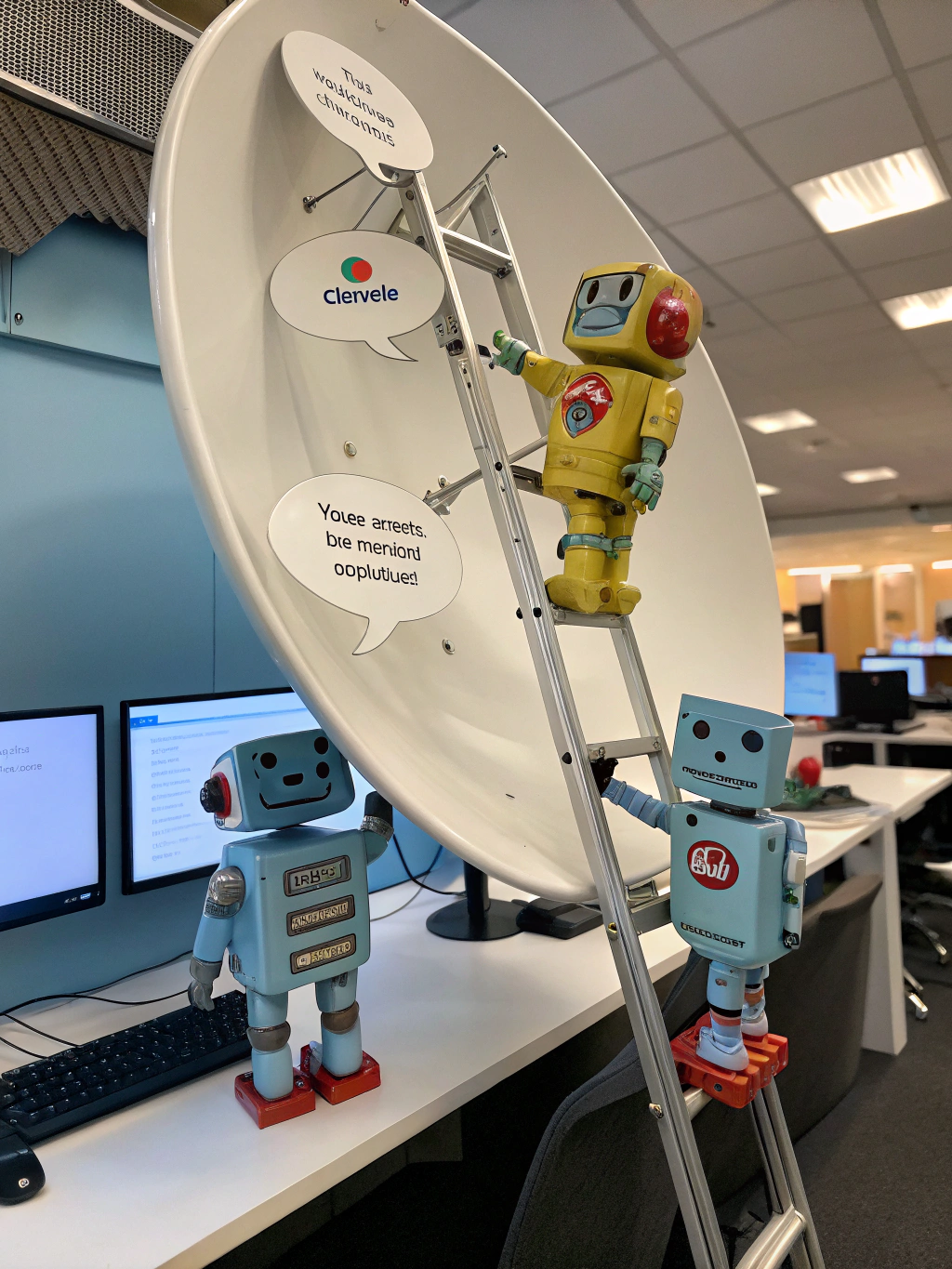







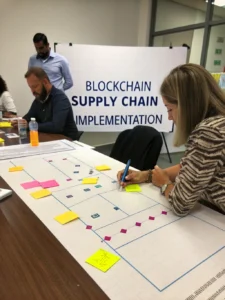

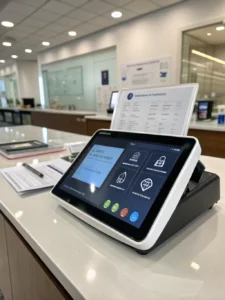
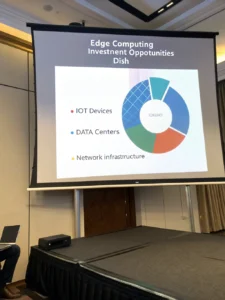
Post Comment